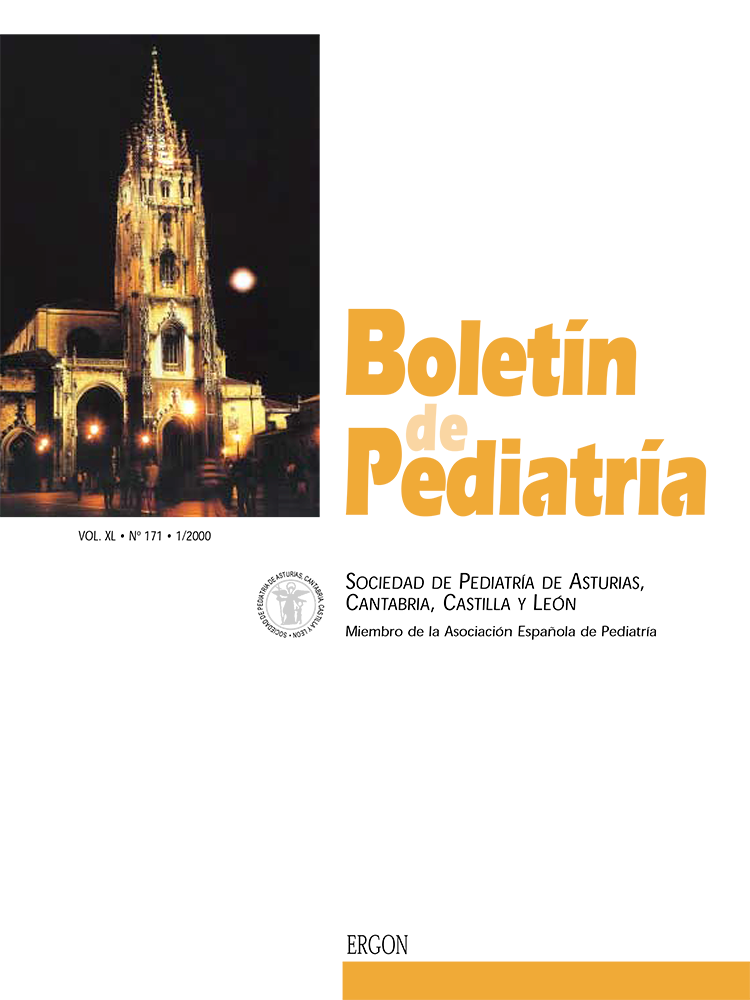Abstract
Objetive: To compare efficacy and safety between two protocols for pediatric sedation-analgesia, ketaminemidazolam (K/M) versus propofol-midazolam (P/M). Methods: Retrospective study in 4 to 14 years aged patients that need sedation and analgesia for invasive procedures. Patients were randomized to receive intravenous ketamine (0,5 mg/kg) plus midazolam (0,1 mg/kg) (n = 14) or propofol (2 mg/kg) plus midazolam (0,1 mg/kg) (n = 12). Distress scores were used as a measure of efficacy and adverse effects were used as a measure of safety. In K/M group, 10 intrathecal chemotherapy (IC), 1 intestinal endoscopy (IE), 1 burn treatmet (BT), 1 central venous canalization and 1 urinary catheterization were performed. In P/M group, 10 IC, 1 IE and 1 BT were performed. Results: There were no differences between groups for age, sex, weight and lenght of procedure and sedation. All patients were effectively sedate without difference in sedation Miller level. Majority of children choosed confort faces. Conclusions: Both protocols (K/M and P/M) are effective in pediatric sedation-analgesia. Light respiratory depression is more frequent with P/M. Nystagmus, doble vision and sialogogue are more frequent with K/M.

This work is licensed under a Creative Commons Attribution-NonCommercial 4.0 International License.
Copyright (c) 2000 Boletín de Pediatría
